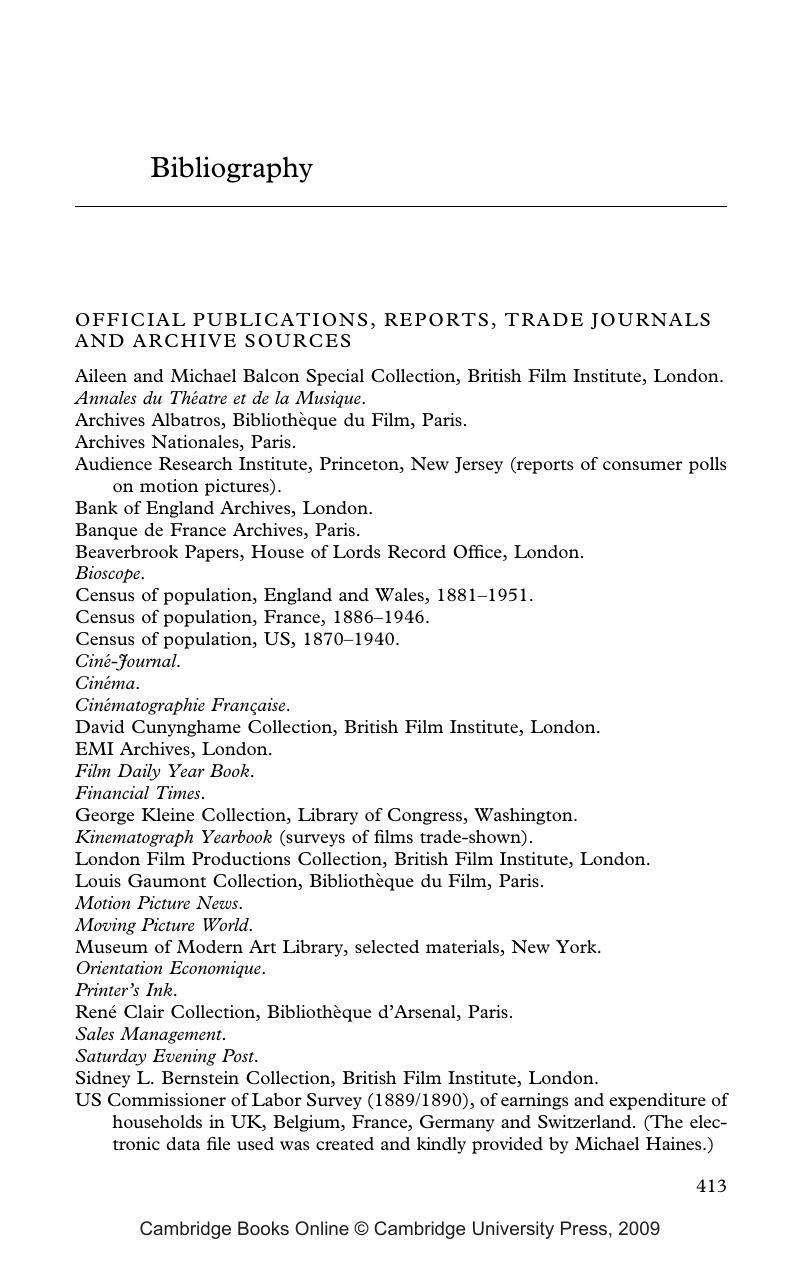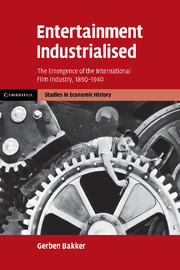Bibliography
Published online by Cambridge University Press: 08 July 2009
Summary

- Type
- Chapter
- Information
- Entertainment IndustrialisedThe Emergence of the International Film Industry, 1890–1940, pp. 413 - 439Publisher: Cambridge University PressPrint publication year: 2008



